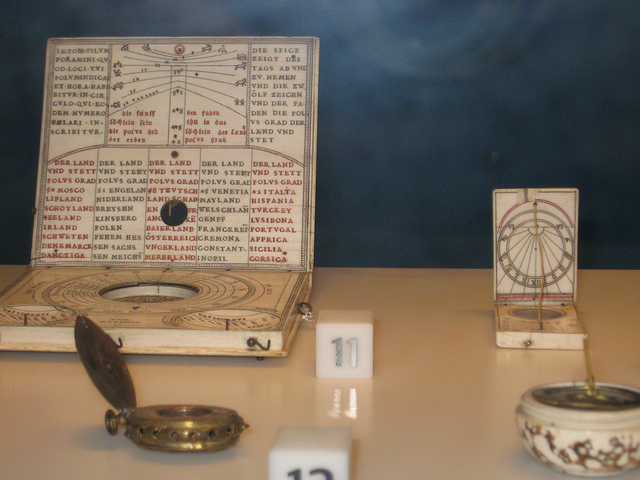The Progress of Preservation
I was very pleased by the nice recognition from Library of Congress’s “Top Ten Digital Preservation Developments of 2012” of three projects CDL has been involved in:
The DataUp Project. The University of California Curation Center at the California Digital Library continued to produce useful tools and services in support of digital preservation with DataUp (http://dataup.cdlib.org/about_project.html), “an open source tool helping researchers document, manage, and archive their tabular data… within the scientist’s workflow.”
End of Term Web Archive. The End of Term 2012 project (http://eotarchive.cdlib.org/2012.html) got underway to capture U.S. Government websites between the first and second administration of President Barack Obama. Project partners include the California Digital Library, Internet Archive, Library of Congress, University of North Texas Libraries and the U.S. Government Printing Office.
We have also been participating through meetings and briefings in the development of another project on the list, the Digital Preservation Network.
The rest of this “Top Ten” list is equally impressive and it is heartening to realize that so much has been accomplished in the area of digital preservation in our community. Yet I can’t help but note that it can still be a hard sell to administrators to justify new or increased expenditures for something that seems abstract, unpredictable and never ending. This challenge was magnified for me recently when I presented a paper in December, 2012 at the 3rd conference on Cultural Heritage online – Trusted Digital Repositories & Trusted Professionals (http://www.rinascimento-digitale.it/conference2012-introduction.phtml) in Florence, Italy.
The conference began with a parade of local officials and cultural heritage ministers from the city and region, all extolling the importance of preserving cultural heritage in the digital age. Indeed, the commitment to preservation is everywhere in this city that was the heart of the Renaissance, its museums and public places overflowing with the riches of the past. I was particularly struck by the exhibits at the Galileo Museum (http://www.museogalileo.it/en/index.html?%2Fbdviewer%40selid=1978491)

where the artifacts and experimental documentation of not only Galileo but also his contemporaries were showcased in spectacular fashion. Even with all of the support given to cultural heritage, the Italians at the conference still feel they need to shore up digital preservation, but they were focusing on standards and compliance more than on basic funding.
My presentation, on the other hand, was about how we have shifted from talking about preservation as an ultimate and costly activity to curation as part of the ongoing process of creating and managing digital content. We must be aware of incentives—such as mandates from funders and publishers rather than government initiatives–for our researchers to practice good stewardship of their research output. Thus we have invested in tools such as the DataUP mentioned by LC as well as the Data Management Planning Tool (DMPTool which made the 2011 Top Ten list), EZID (which won the DataCite 2012 Gold Award for assigning more than 250,000 DOIs (digital object identifiers) in one year), and the Web Archiving Service to make it digital content easier to manage when it comes time to preserve it for the future. After all, today’s research can become tomorrow’s cultural heritage and think what we would be missing if we weren’t able to see what Galileo was up to.
